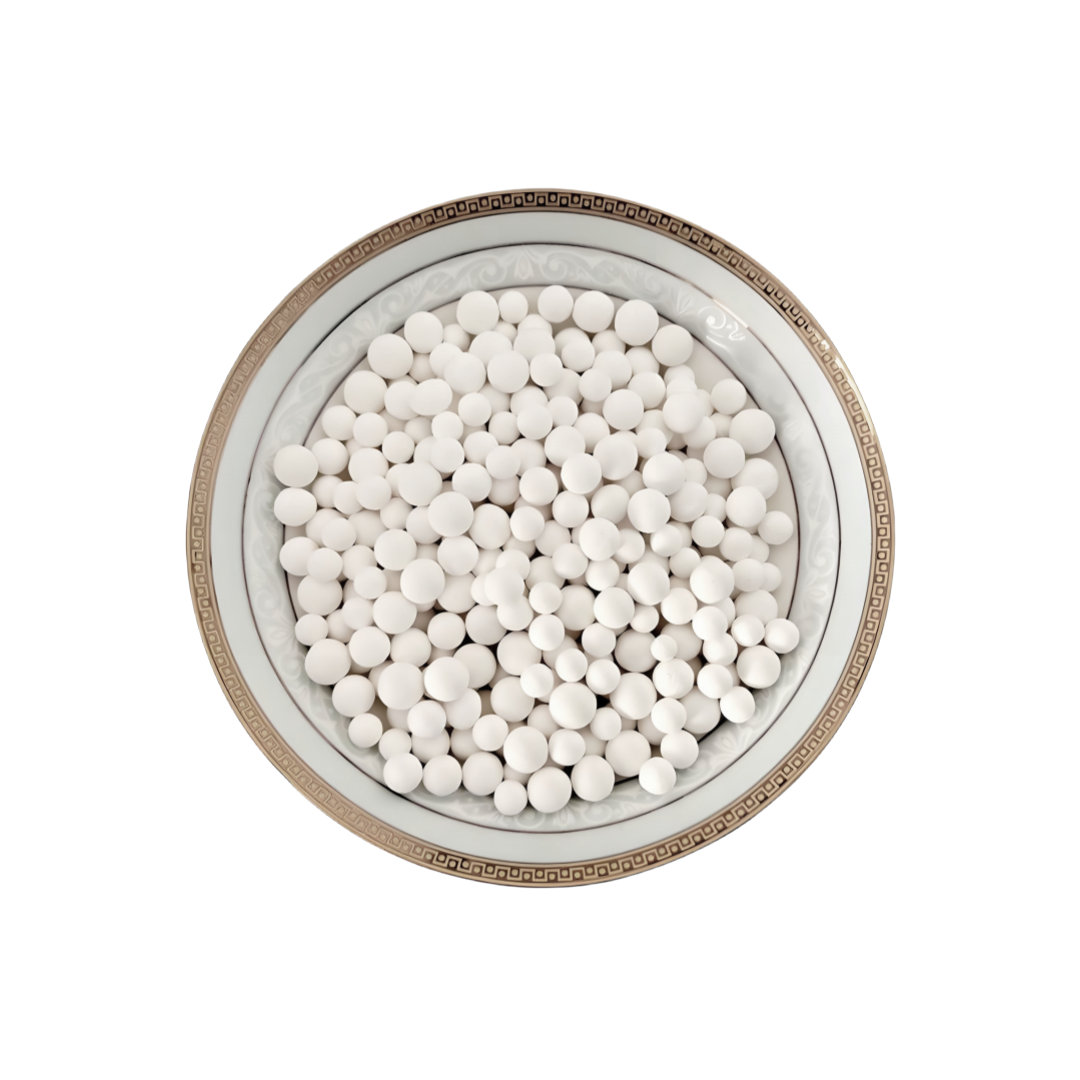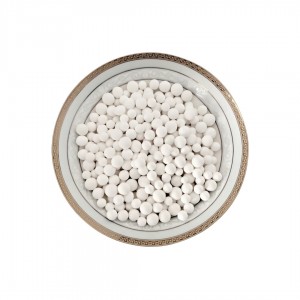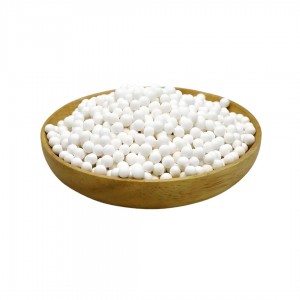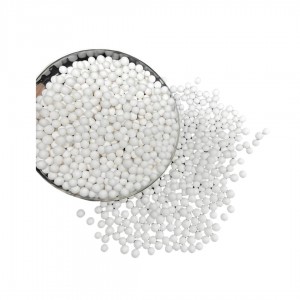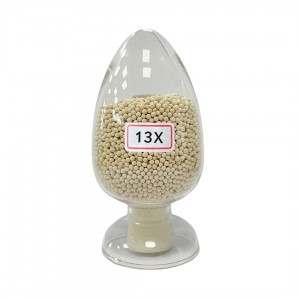Low Acid Activated Alumina Bauxite Adsorbents Desiccants
Low Acid Activated Alumina Introduction
Low-acid activated alumina refers to activated alumina that has been treated by a special process to reduce the acidity of its surface. This treatment reduces the acidic sites on the surface of the activated alumina, thereby reducing its catalytic activity, and is suitable for certain industrial applications that require a reduction in acid-catalyzed reactions
Low Acid Activated Alumina Picture
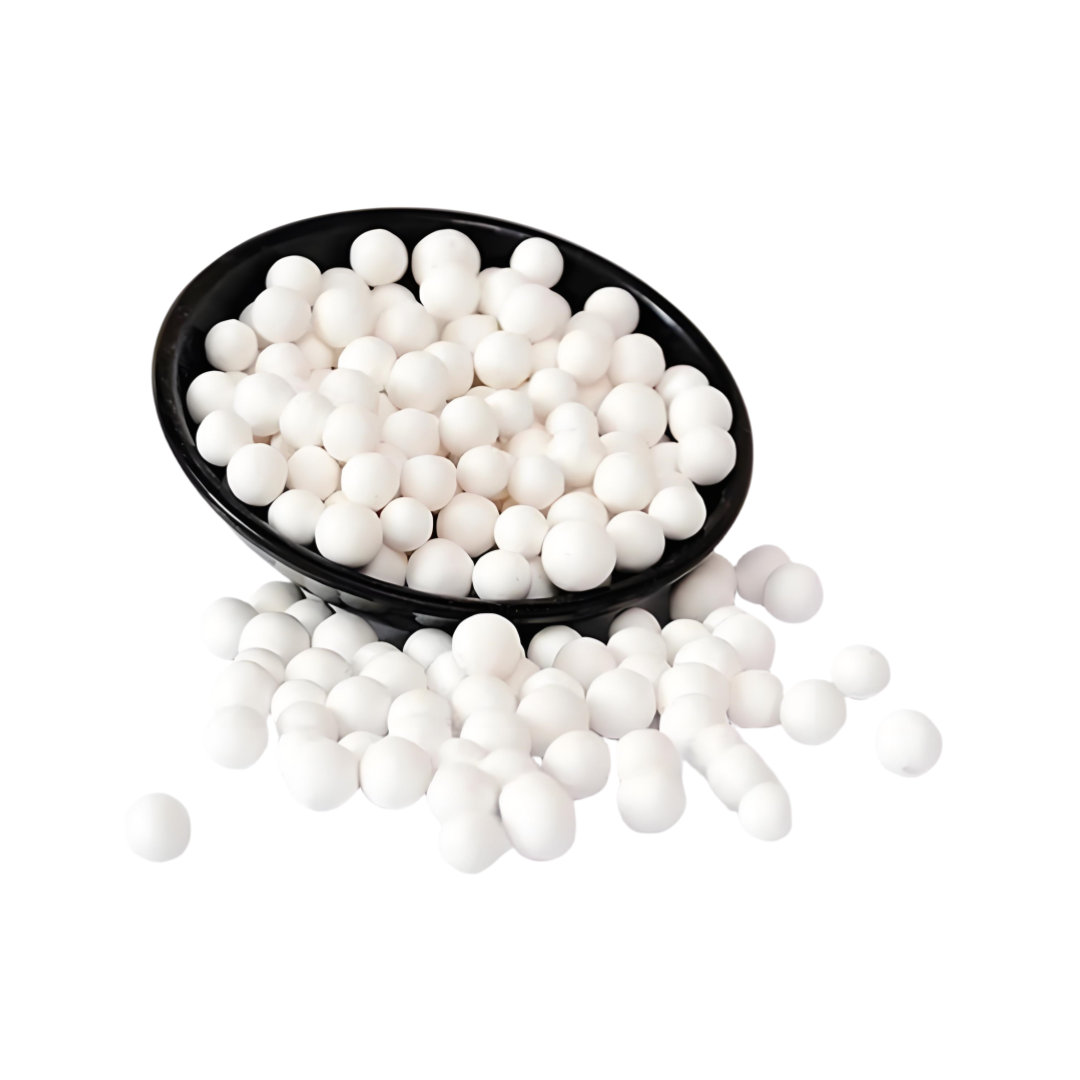
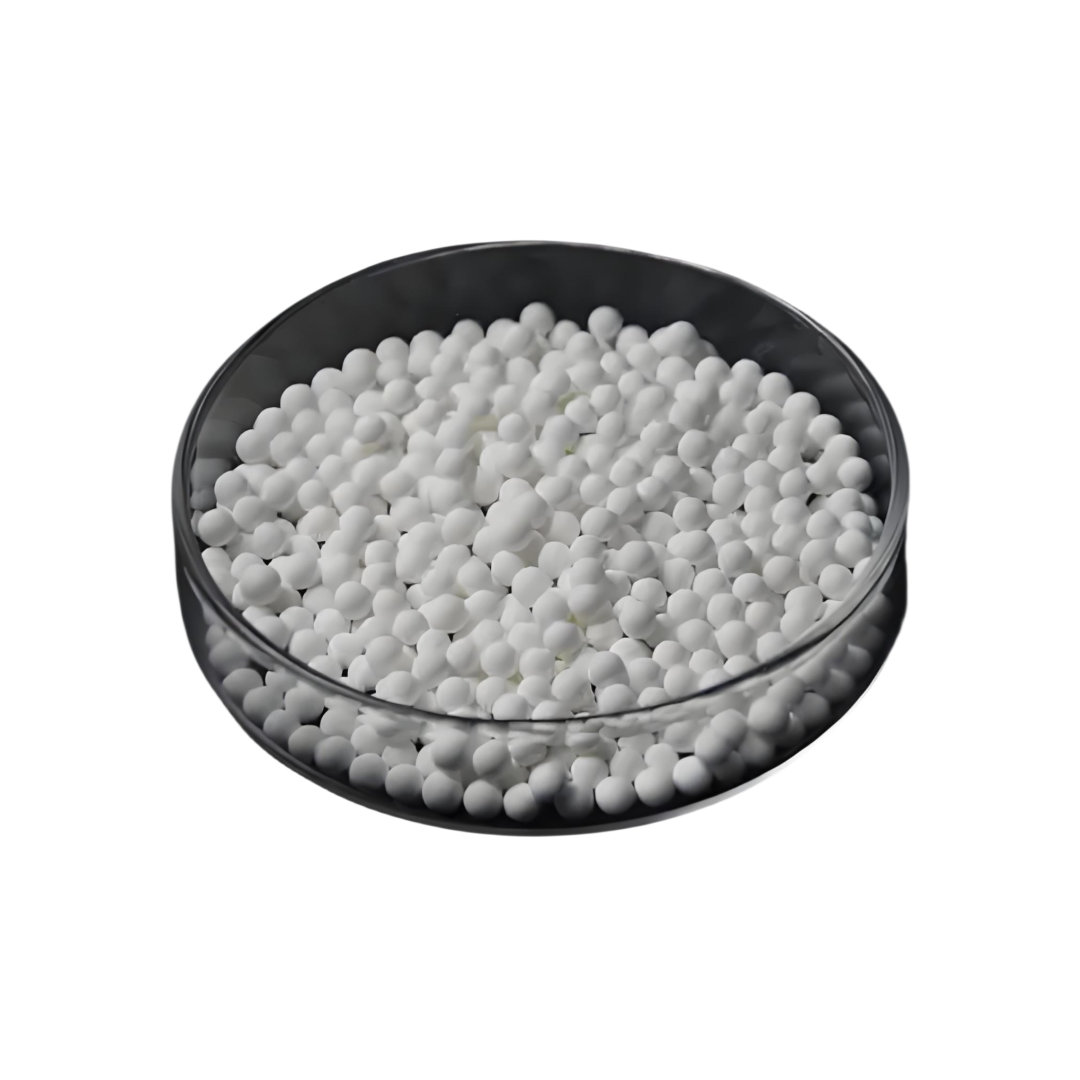
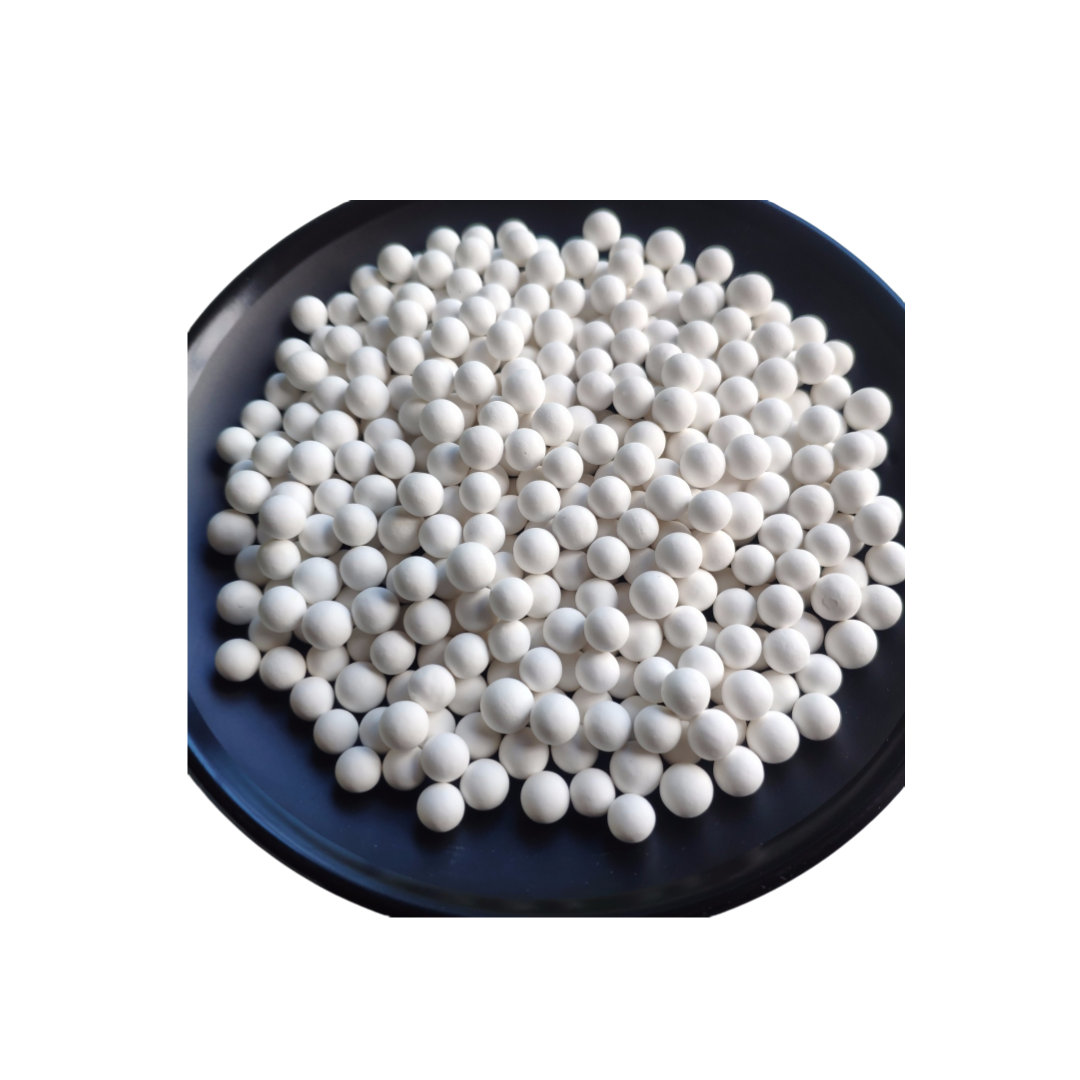
Low Acid Activated Alumina Technical Specification
|
Technical Indictors |
Unit |
Quality Index |
|
Appearance |
|
White Bead |
|
Diameter |
mm |
3~5 |
|
Static H₂O Adsorption(25℃,RH60%) |
% |
≥17 |
|
Mass Fraction of Aluminum Oxide |
% |
≥88 |
|
Crystal Phase |
% |
x-p |
|
Crush Strength |
N |
≥120 |
|
Specific Area |
m²/g |
≥300 |
|
Pore Volume |
cm³/g |
≥0.35 |
|
Compacted Bulk Density |
g/ml |
≥0.70 |
|
Abrasion Rate |
% |
≤0.3 |
|
Granularity |
% |
≥95 |
|
Loss On Lgnition(800℃,2 Hours) |
% |
≤8.0 |
Low Acid Activated Alumina Applications
Catalyst: Due to its low acidity and good thermal stability, it is suitable for certain chemical reactions that need to reduce acid catalysis
Catalyst carrier: due to its high specific surface area and good mechanical strength, it is often used as a catalyst carrier to improve the activity and selectivity of the catalyst
Adsorbent: for the drying of gases and liquids Purification treatment, especially in processes where acid catalysis is required.

